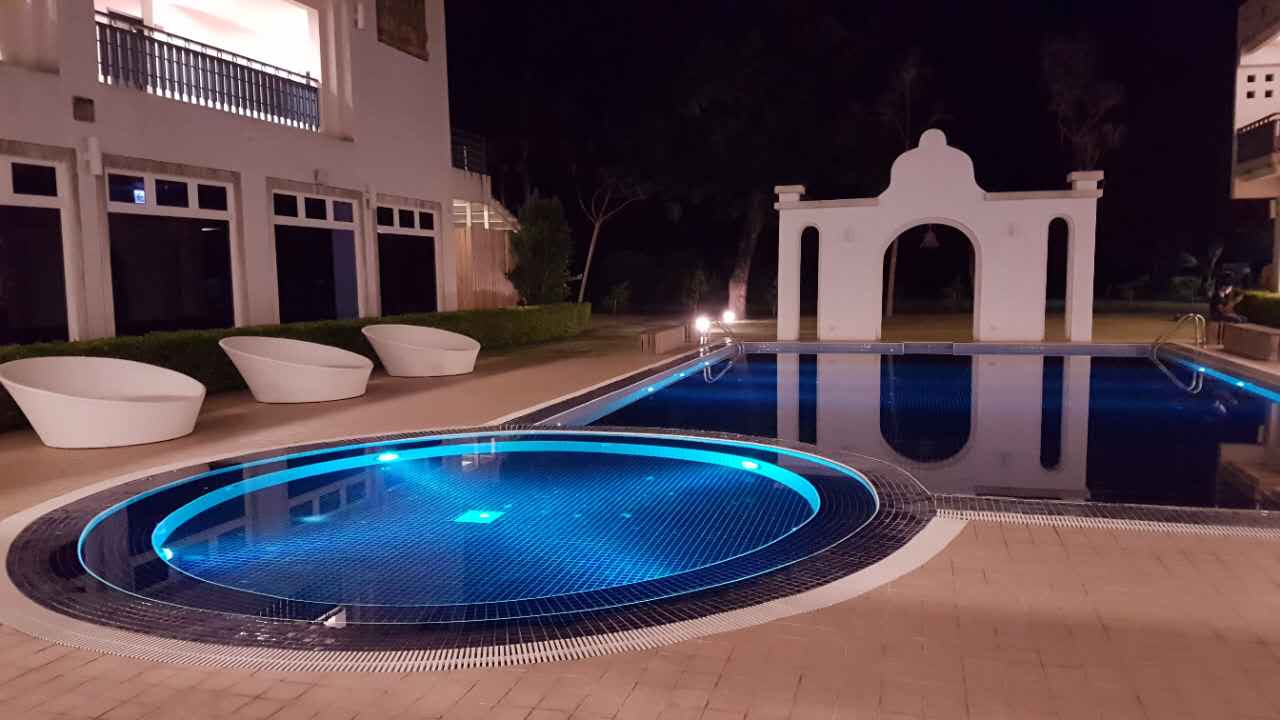Heat pumps are transforming energy systems by delivering eco-friendly heating, cooling, and hot water solutions. Among the most efficient technologies, domestic water heat pumps, eco heat pump hot water systems, split hot water heat pumps, pool heat pumps, and Air Source Heat Pumps stand out for their versatility. This guide explores these five heat pump types and actionable strategies to maximize energy savings.
1. Key Heat Pump Technologies Explained
1.1 Domestic Water Heat Pump: Efficient Home Hot Water
The domestic water heat pump is a cornerstone of modern households, designed to meet daily hot water needs sustainably. By extracting ambient heat from air or ground sources, the domestic water heat pump transfers energy to stored water with minimal electricity use. Compared to traditional heaters, the domestic water heat pump reduces energy consumption by 50–65%. Advanced models integrate smart sensors to align heating cycles with peak demand, ensuring the domestic water heat pump operates only when necessary. For colder climates, hybrid configurations pairing the domestic water heat pump with solar thermal panels further boost efficiency.

1.2 Eco Heat Pump Hot Water: Sustainability Prioritized
The eco heat pump hot water system is engineered for minimal environmental impact. By leveraging renewable energy sources like solar or geothermal heat, the eco heat pump hot water technology slashes grid dependency and carbon emissions. The eco heat pump hot water system excels in large households, where modular designs allow seamless scalability. For instance, a 300-liter eco heat pump hot water unit can serve a family of six while maintaining a COP (Coefficient of Performance) of 4.0–4.5. Regular maintenance of the eco heat pump hot water system—such as cleaning evaporator coils—ensures long-term efficiency.
1.3 Split Hot Water Heat Pump: Flexible Installation
The split hot water heat pump separates its compressor and heat exchanger units, enabling versatile placement in tight spaces. This design makes the split hot water heat pump ideal for retrofitting older homes with limited mechanical room capacity. The split hot water heat pump minimizes noise pollution by relocating the compressor outdoors, while indoor units focus on silent heat distribution. Innovations like variable-speed compressors allow the split hot water heat pump to adjust output by 30–100%, eliminating energy waste during low-demand periods.
1.4 Pool Heat Pump: Year-Round Swimming Comfort
A pool heat pump is essential for maintaining optimal water temperatures in residential or commercial pools. Unlike gas heaters, the pool heat pump harnesses ambient air warmth, cutting energy costs by 40–50%. Modern pool heat pumps feature titanium heat exchangers to resist corrosion from chlorinated water, ensuring durability. For maximum efficiency, pair the pool heat pump with a solar cover to reduce nighttime heat loss. In warmer climates, the pool heat pump can maintain 28°C (82°F) water with a COP of 5.0, outperforming most alternatives.

1.5 Air Source Heat Pump: Versatile Whole-Home Heating
The Air Source Heat Pump (ASHP) is a multifunctional solution for space heating, cooling, and hot water. By absorbing outdoor air heat, the Air Source Heat Pump operates efficiently even at -15°C (5°F). The Air Source Heat Pump achieves a COP of 3.0–3.5 in moderate climates, rising to 4.0 in hybrid setups with gas boilers. To optimize the Air Source Heat Pump, ensure outdoor units are free from debris and utilize smart thermostats for zonal temperature control.
2. Energy-Saving Strategies for Each Heat Pump Type
2.1 Domestic Water Heat Pump Optimization
-
Set the domestic water heat pump thermostat to 50–55°C (122–131°F) to balance safety and efficiency.
-
Insulate hot water pipes connected to the domestic water heat pump to reduce standby heat loss.
2.2 Eco Heat Pump Hot Water System Maintenance
-
Schedule annual servicing for the eco heat pump hot water unit to clean refrigerant lines and check pressure levels.
-
Combine the eco heat pump hot water system with time-of-use electricity tariffs for additional savings.
2.3 Split Hot Water Heat Pump Installation Tips
-
Install the split hot water heat pump’s outdoor unit in a shaded area to prevent overheating.
-
Use copper piping with the split hot water heat pump to minimize thermal resistance.
2.4 Pool Heat Pump Seasonal Adjustments
-
Run the pool heat pump during daylight hours to leverage warmer ambient temperatures.
-
Lower the pool heat pump’s setpoint by 2°C (3.6°F) when the pool is unused for 24+ hours.
2.5 Air Source Heat Pump Smart Controls
-
Integrate the Air Source Heat Pump with occupancy sensors to heat only occupied rooms.
-
Enable the Air Source Heat Pump’s defrost mode manually in icy conditions to prevent compressor strain.



